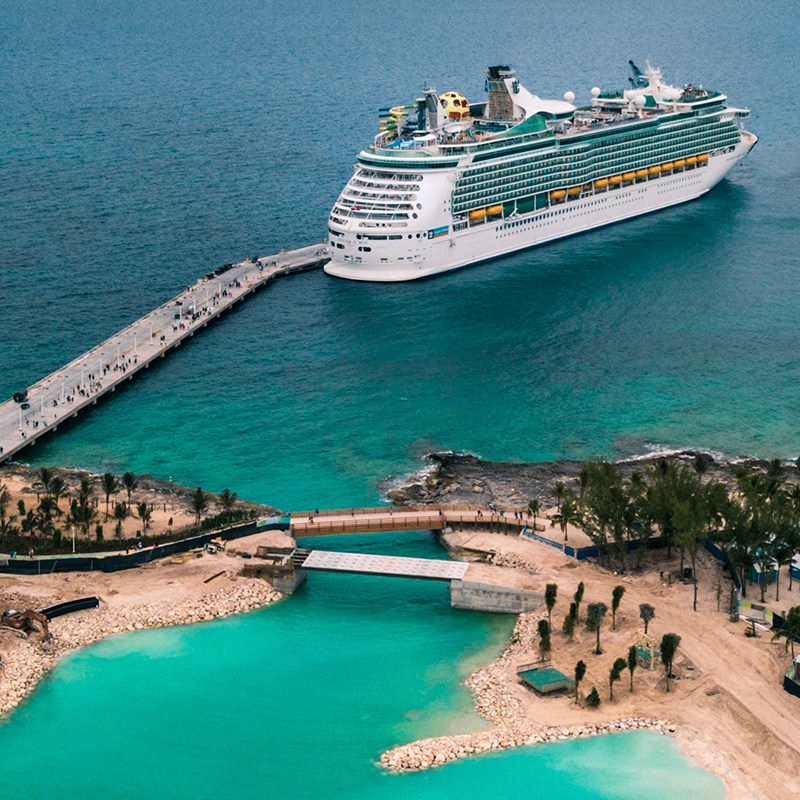
Let’s start our discussion of 2024 cruise trends with the inevitable announcement of the “Biggest Cruise Ship Ever.”
Videos by TravelAwaits
This trend has been dutifully proclaimed every year since at least 1988, when Royal Caribbean debuted what then seemed to be the impossibly huge, 2,800-passenger Sovereign of the Seas.
And this year’s gigundo-rama cruise ship prize goes to . . . Royal Caribbean once again, whose Icon of the Seas is, once again, impossibly huge. It carries 7,600 passengers, making its population larger than Sausalito, California’s. It has the biggest water park, water slide, ice arena, pool, and waterfall of any cruise ship. It has 20 decks. It has 20 restaurants. Its accommodations include townhouses.
The ship’s population is so large, says Peter Greenberg, travel editor of CBS News and author of the book Cruise, Inc., that “it might have its own high-crime zone.” He says he’s kidding (sort of).
Carolyn Spencer Brown, chief content officer of Cruise Media, publisher of CruiseBusiness.com, points out that Icon is only 10 feet longer than the previous record holder (Royal Caribbean’s own Wonder of the Seas, as it happens).
And, more to the point, she says, increasing ship capacity is not the most important trend in the cruise industry.
So what are the major cruise trends of 2024? Read on.
The Ships Are Full—With Younger People

Chris Gray Faust, executive editor of the website CruiseCritic, says ships of all sizes are full. The industry is claiming bookings at nearly 100% capacity and surpassing the pre-pandemic peaks of 2019.
Therefore, don’t expect deals in 2024 based on cruise lines needing to fill empty cabins.
And it’s not just baby boomers filling the berths. The cruise customer is now younger than ever. “Believe it or not, the average age of a cruiser is now 46,” Gray Faust says. “It’s a common misperception that it’s only something for older people.”
Yes, but older people are still implicated, in the form of their role in multi-generational cruises, which are expected to continue rising into 2024. Cruises are particularly well suited to mixed-age groups, Gray Faust says. “You’ll see everybody from grandparents to babies all traveling together, and there’s something for everyone to do on the ship. Grandma may be paying the bill, but the whole family is cruising.”
As it happens, Icon of the Seas is intended to accommodate families, with many cabins set up for more than two passengers by design. That makes it and its megaship peers with similar designs good choices for multi-generational trips.
“Grandma may be paying the bill, but the whole family is cruising.”
–Chris Gray Faust
Ships Go Nearly Everywhere
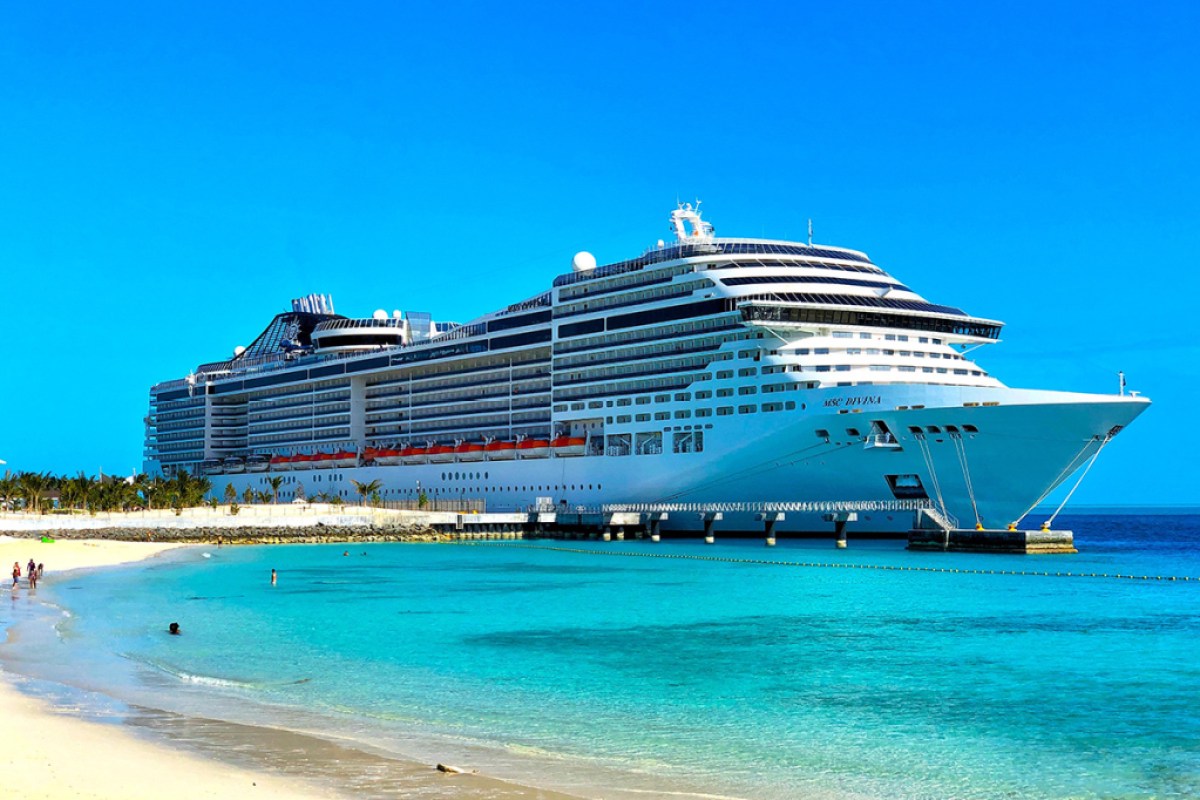
“Back in the ‘70s, the days of The Love Boat, you had, what, maybe seven ports for cruise ships worldwide, mostly in the Caribbean,” Peter Greenberg says. “You’re now seeing 1,200 ports of call.”
In 2024, cruise ships of various sizes ply all seven seas, the rivers of Europe, the islands of the Pacific, the fjords of Scandinavia, the coasts of Central and South America, and the ports of the Middle East.
“Last summer, I was on a Viking ship,” Greenberg says. “Where did we start from? Milwaukee. And what did we do? The Great Lakes. Lake Michigan, Lake Superior, we wound up in Thunder Bay, Ontario. It was phenomenal. A cruise ship would never have done that 10 years ago.”
Greenberg points out that cruise ships now drop anchor in St. Helena—an island in the South Atlantic so remote that it’s where the British exiled Napoleon after he escaped from Elba and started all that unpleasantness at Waterloo.
“What’s beautiful is that you have so many more options than a seven-day Bahamas cruise,” Greenberg says.
New Restrictions Limit Choices . . . a Bit
The pressures of over-tourism are leading some ports to restrict big cruise ships. This has often been a fractious affair. In both Barcelona and Amsterdam, officials have separately used the metaphor “a plague of locusts” to describe cruise-ship passengers.
If you dig past the headlines, though, you’ll find that in 2024, you still have at least some opportunities to visit even restricted ports.
For example:
- Venice banned large ships from its famed lagoon in 2021 but still allows ships under 25,000 gross tons (some of which can carry 250 passengers). It diverts bigger ships to mainland ports, from which visitors are bused into the city.
- Barcelona is not banning big cruises but moving them to a dock that’s a motorcoach ride away from the tourist draws of Las Ramblas, Sagrada Familia, and other overwhelmed attractions.
- Amsterdam officials declared a complete ban of dockings at the city center, but it is not yet enacted for 2024. Negotiations continue.
- Dubrovnik, Croatia has been slammed in the past few years by hordes of Game of Thrones fans who want to see the locations where the HBO series was filmed. Recently enacted limits on cruise visitation are modest, though. The local government now permits up to 4,000 simultaneous cruise-ship passengers in the city center.
- In the U.S., Juneau will allow up to five big ships per day in 2024, and Bar Harbor, Maine will welcome up to 1,000 passengers per day.
The situation in Key West illustrates the tension around limiting cruise visitation. Despite many votes, lawsuits, and legislative actions there, you can still visit the legendary 4-square-mile, coral-ringed spit of land via megaship in 2024.
A local ban on dockings at city-owned ports cut passenger counts by half in 2023, reducing some crowds and maddening some business owners. However, big ships can still anchor at a private port downtown.
So, fear not: Wrist-banded big-ship passengers can still spend their shore leave at Sloppy Joe’s, standing shoulder-to-shoulder while waiting for a drink at the bar where Ernest Hemingway sat in an alcoholic haze.
Expeditionary Forces
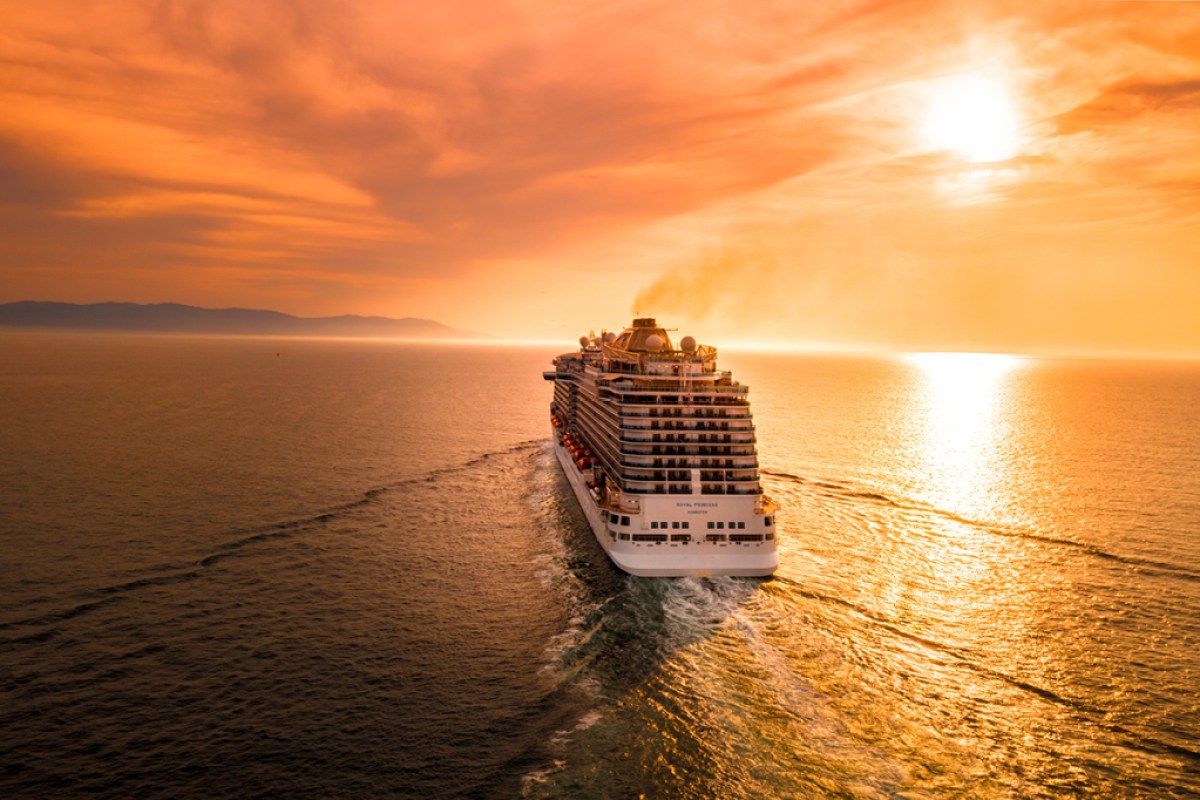
Cruise passenger bookings are tilting toward expedition cruising, our sources unanimously said.
Expedition ships were previously limited to spare, rugged vessels that brought small groups of intrepid explorer types to places nearly inaccessible via air or overland travel, including Antarctica, the Arctic, and the Galapagos.
While those itineraries remain popular—or, at least, as popular as the tight controls at these destinations allow—the expedition concept is spreading both geography and experientially.
In 2024, more expeditions than ever will be offered in emerging warm-water destinations like western Australia, the South Pacific, Madagascar, and the Seychelles, Spencer Brown says.
Expeditions have been the fastest-growing cruise niche in recent years, says journalist David Swanson, who has covered the cruise industry since 1999. According to industry figures he’s gathered, expedition passenger counts have increased 67% in the last four years.
Why the shift? It’s partly people who have taken basic cruises “looking for something different and more exciting,” Spencer Brown says.
A rising population of active baby boomers with money to spend also powers the trend.
These trips are costly, partly because the ships have to be small, meaning passenger counts are low. Many itineraries feature onboard scientists, lecturers, and even doctors. Fares for many are $600 or more per person per night—that’s over three times as much as a typical Caribbean cruise.
Swanson took an expedition cruise in 2023 around the Seychelles, a tiny archipelago in the Indian Ocean, off the southeast coast of Africa. “We were taking Zodiacs [small, motorized inflatable rafts] and doing wet landings on, I think it was, 12 or 13 islands,” he says. Many were uninhabited. One of them has the biggest population of tortoises in the world.”
Swanson says the scientist on the trip told them more people had stood on the summit of Everest than had been to one of the islands they visited.
And the experience of expedition cruising has upgraded, says Spencer Brown, since the days when “your shower was over your toilet and your bed was bolted to the floor.”
“[Today,] you have an interesting combination on these ships between rugged adventure and pampering,” Greenberg says. “You’re getting into Zodiacs and zipping all along icebergs and then you come back to relax in the spa and have a five-star dinner.”
Authenticity on the Water
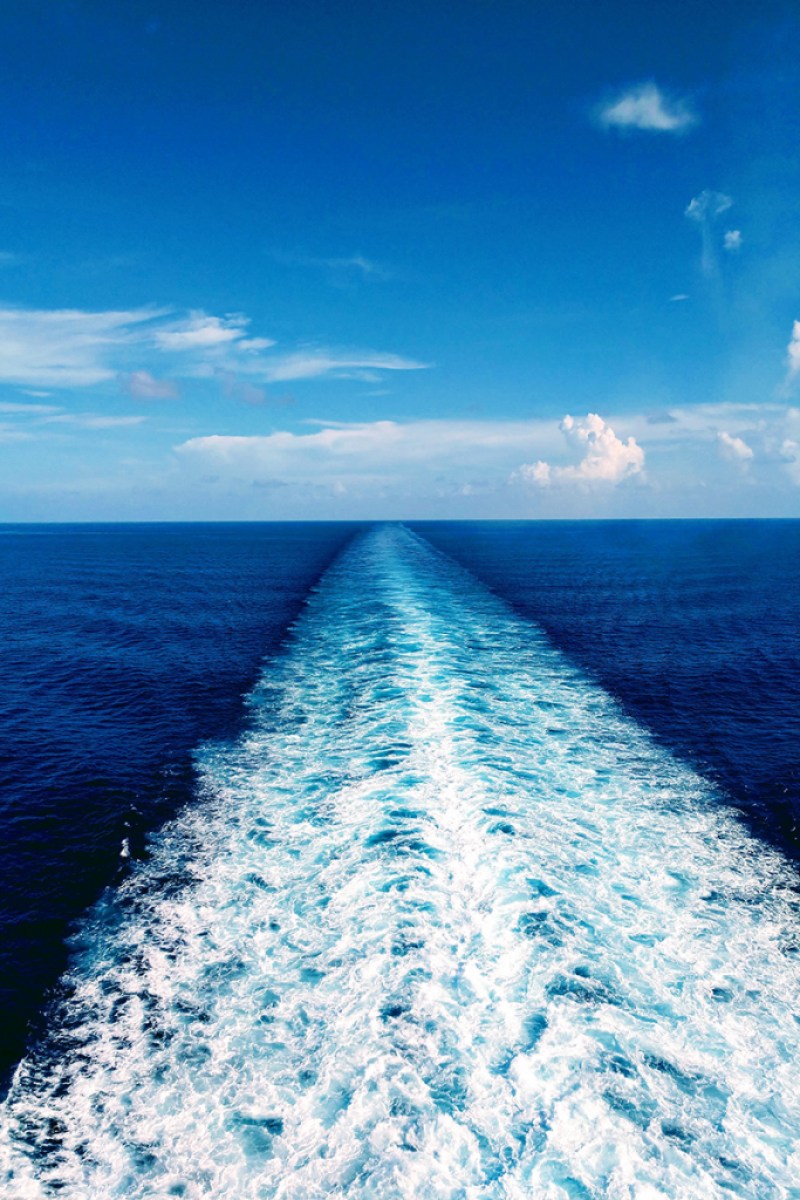
One travel trend for 2024 across both land and sea is the search for authentic experiences—activities that connect travelers to local customs, people, and food. This is challenging for big ships to produce. Most cruise lines, including big ones, now offer premium “boutique” excursions and other activities designed to deliver this kind of experience.
One of the more ambitious programs is Silversea’s S.A.L.T. (Sea and Land Taste) program, developed to connect guests to local culture through food. Curated by James Beard-award-winning food journalist Adam Sachs, the program involves sourcing ingredients from the daily port for the ship’s kitchen (and cocktail bar), cooking classes featuring that port’s local cuisine, and excursions to visit local food venues and luminaries.
However, big ships might not be the ticket for authentic experiences even despite these efforts. River cruises, which carry fewer passengers and often dock in small towns inaccessible to larger vessels, are more easily able to deliver authentic engagement, according to Gray Faust.
“People want to get to these smaller towns,” she says. “They like the idea of getting off the ship and exploring Europe on the ground, without having to rent a car.”
The Green Cruise
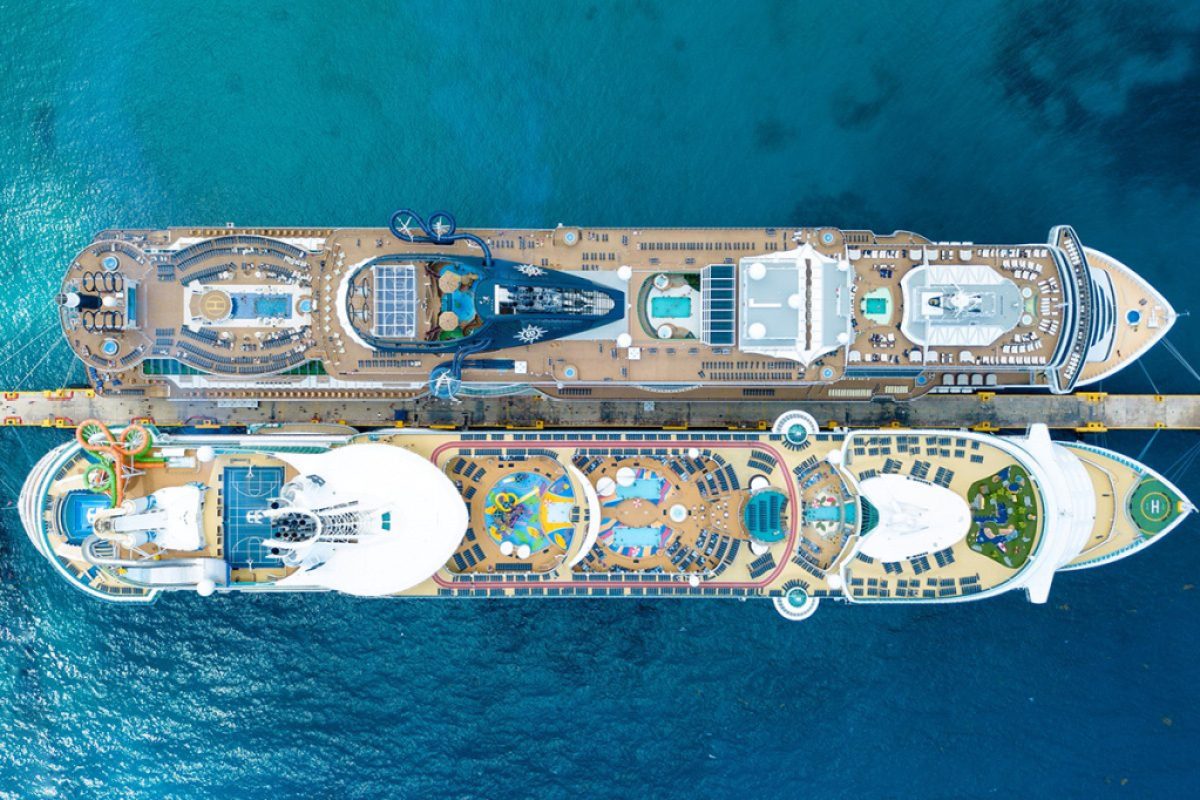
2024 finds the cruise lines making big investments designed to make their industry more environmentally responsible.
They are transitioning to alternative fuels, developing zero-waste disposal systems, reducing air pollution generated in port, and more. On newer ships, an entire deck might be devoted to waste management.
In addition to earnestly pitching in to save our weary planet, cruise lines are adopting green approaches “in order to survive,” says Peter Greenberg. They are partly trying to forestall bans and restrictions based on environmental objections. (The restrictions in Barcelona and Key West, for instance, were driven partly by complaints of air pollution near the docks.)
One example of the kind of pressures cruise lines face to go green, says David Swanson, is the Norwegian government’s declaration that ships wishing to visit its west Norwegian fjords, which are protected UNESCO World Heritage sites, must be emission-free by 2026.
Nobody I spoke to suggested that environmentally responsible actions are likely to affect the passenger experience in 2024. “Environmental concerns matter to more people now than they used to,” Greenberg says, but they are “not a primary driver” of a choice.
The industry as a whole has a net-zero-carbon goal of 2050. That both sounds impressive and provides plenty of runway.
Most ships have a 25- to 30-year lifespan. By 2050, Icon of the Seas itself may be in the recycling bin, replaced by something powered by hydrogen, fuel cells, or nuclear power, which Greenberg says is “technologically possible, if not accepted by the public.”
Floating Hotels
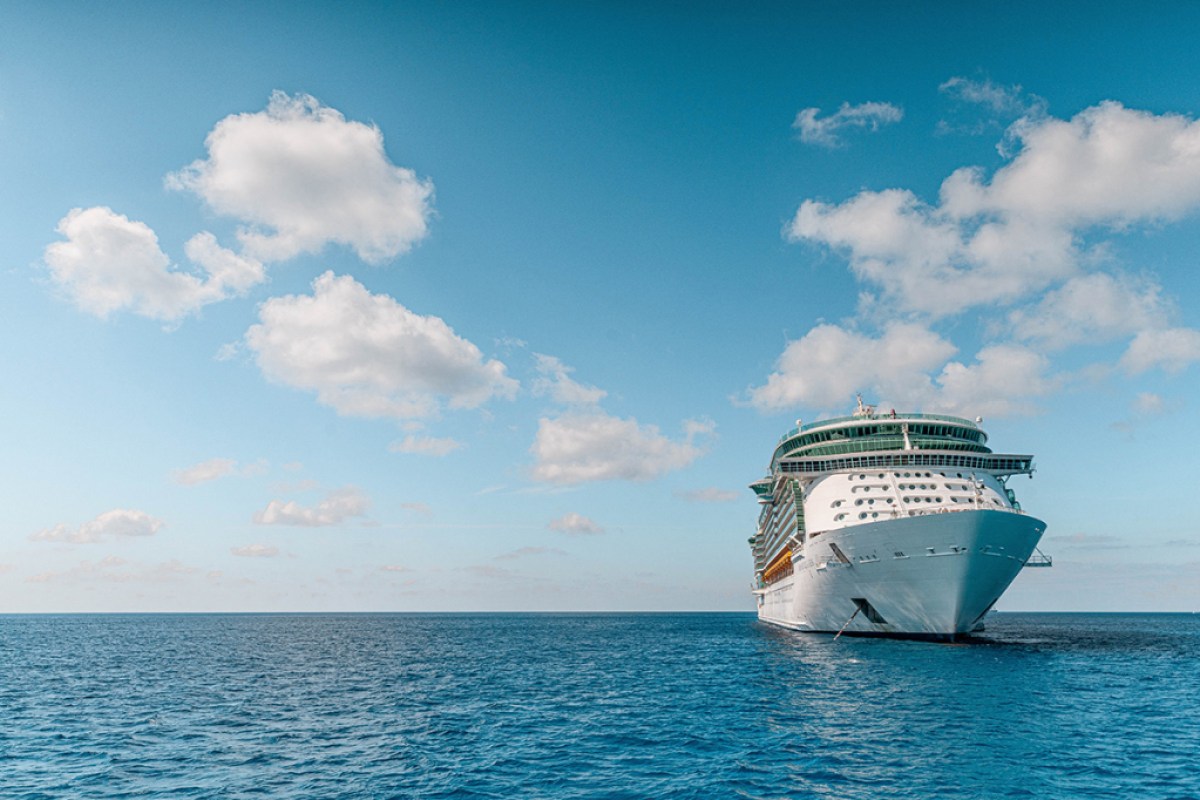
Cruise ships have often been called “floating hotels.” Another trend for 2024 is the drive to make that literal.
Esteemed high-end hotelier Ritz-Carlton has one 300-guest ship already on the waters, and another on the way for 2024, carrying 450 passengers. Four Seasons will debut its first ship, with 96 suites, in 2024.
Wait, did I call them “ships?” Excuse-moi. These cruise lines call them “yachts.”
Brands like Ritz-Carlton and Four Seasons “already have loyal customers,” Spencer Brown says. “If those customers are going to cruise anyway, why not keep them in the family?”
Both cruise lines, as you might expect, promise VIP experiences, Michelin-worthy cuisine, and bespoke pampering. The Four Seasons promises a staff-to-passenger ratio of 1:1.
Costs for all this are high, of course. A seven-night Caribbean cruise on Ritz-Carlton’s Evrima, in a Signature Mid Suite, departing from Fort Lauderdale, costs $14,300 per person. (This is just about the annual income of someone living at the federal poverty level.)
Although very different in kind, another hospitality brand is in the cruise game in a big way in 2024.
Virgin Voyages, part of bad-boy Sir Richard Branson’s Virgin business empire that includes hotels and an airline, started offering an adults-only cruise experience to customers (it calls them “sailors”) just after the world was pulling out of the pandemic. On-brand details include an absurdist karaoke studio, pop-up circus performances, a mermaid-inspired spa, and a marketing partnership with JLo.
Significantly, the drinks are priced to move: Beer for $6 and $7, most cocktails for $10, tip included.
“The ship has bars all over the place, a party scene going on every night, a lot of drinking all day,” Peter Greenberg says. “And they have a tattoo parlor on board. What could possibly go wrong?”
